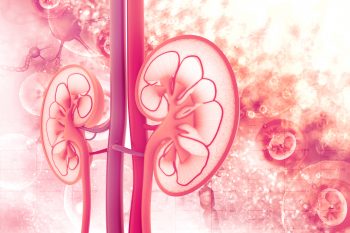
Understanding the long-term prognosis of immunoglobulin A nephropathy (IgAN) is crucial, yet the heterogeneous character of the disease makes this difficult. The International IgAN Prediction Tool can only predict the risk of kidney failure up to 6.7 years after diagnosis, and studies on long-term outcomes with IgAN do not describe the development of estimated glomerular filtration rate (eGFR) and proteinuria throughout the entire course of the disease.
To address this gap, Mariell Rivedal and colleagues conducted a retrospective, multicenter, observational cohort study to report the progression of kidney function throughout the course of the disease, from diagnosis up to 36 years after diagnosis.
The study included 400 Norwegian patients diagnosed with IgAN between 1988 and 2015. Baseline data were acquired from the Norwegian Kidney Biopsy Registry, and follow-up data were obtained from patient records. Participants were followed from IgAN diagnosis to the occurrence of death, initiation of kidney replacement therapy (KRT), or the end of follow-up in February 2024.
Of the full cohort, 72% were male, median age was 36 years, median eGFR was 75 mL/min/1.73 m2, and median proteinuria was 1.0 g/24 h. Proteinuria (n=2,676) and creatinine (n=8,738) measurements were noted. Participants were divided into subgroups based on their eGFR slopes.
During a median follow-up period of 16 years, 34% of participants died or initiated KRT; the median duration from IgAN diagnosis to those endpoints was eight years. Thirty-four percent of the cohort demonstrated a stable disease course, with a decline in eGFR of less than 20% between two consecutive measurements. Variations in treatment strategies did not account for differences in subsequent disease trajectories among two subgroups with similar eGFR levels at diagnosis.
KRT was five times more prevalent among participants with proteinuria less than 1 g/24 h in fewer than half of the measurements than among those with more than half of the measurements recording proteinuria less than 1 g/24 h (P=.001).
In conclusion, outcomes among patients with IgAN vary considerably, although most reach kidney failure. “Clinical data at diagnosis offer limited insights into long-term risks,” the authors wrote. “Enhanced risk stratification necessitates data collection at multiple time points.”
Source: BMC Nephrology







 © 2025 Mashup Media, LLC, a Formedics Property. All Rights Reserved.
© 2025 Mashup Media, LLC, a Formedics Property. All Rights Reserved.